Supply chain is a very important workflow in any organization. It includes everything from sourcing raw materials across continents to delivering the final products to customers. Globalization and the rise of eCommerce open more avenues for the supply chain to develop more globally and quickly than ever before. This means supply chain operations also have to adapt to higher customer expectations for speed, faster demand cycles, and more complex logistics. And AI agents are considered optimal solutions to this issue.
To help you better understand how AI agents benefit our supply chain operations, this article will give you a comprehensive overview of how AI has evolved in the supply chain. We also dig into its key applications and what to do to prepare for the future of agentic AI. Let’s get started!
How AI Has Evolved in Supply Chain
AI has been adopted in the supply chain for a long time. Initially, it was leveraged in supply chain management before 2015, using rule-based systems and traditional algorithms (like linear regression or moving averages). Early applications of AI in supply chain mainly focused on basic task automation, simple demand forecasting, and basic inventory reordering.
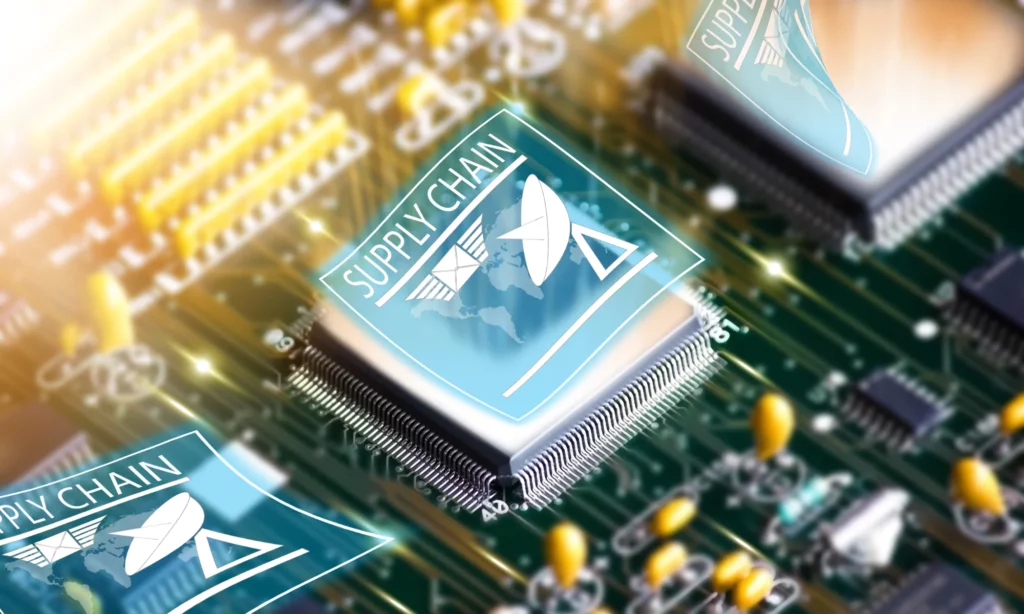
The appearance of advanced AI technologies like machine learning and deep learning has improved forecasting and enabled more intelligent planning. In particular, advanced algorithms analyze both historical and real-time data to identify evolving customer demands and market shifts, hence making more accurate and immediate predictions. Further, with machine learning and data-driven decisions, companies could acquire deeper insights into supplier health and risks, as well as optimize inventory across regions.
The rise of agentic AI in the supply chain
After generative AI with a notable product like ChatGPT, we are witnessing the rise of agentic AI systems in supply chains. They’re mainly used for data-intensive, subjective, and human-fatigue-prone tasks, like logistics, procurement, and customer service.
By definition, AI agents are autonomous software systems that can analyze vast amounts of supply chain data and make intelligent decisions with minimal human oversight. They function as digital workers who are capable of perceiving their environment, making context-aware decisions, learning from mistakes, and adjusting their approaches over time.
Unlike traditional automation systems (like RPA), which operate under predefined logic and workflows, AI agents have high adaptability and take autonomous decisions. For example, RPA can send order confirmations or update inventory spreadsheets based on preset conditions. Meanwhile, AI agents can identify supply delays, reroute shipments, and suggest alternative suppliers without manual input.
How AI agents work
Traditional automation tools can’t learn, act, or adapt without being told what to do. But the game changes when Agentic Process Automation (APA) is introduced. This automation technique empowers AI agents to understand their goals, analyze real-time data and variations, choose the most appropriate action, and then perform it autonomously. These intelligent agents don’t wait for human input but think and act on their own.
Noticeably, they don’t work individually. Like human employees, they perform collaboratively toward the shared objectives, each with a specialized role, to increase operational efficiency across the supply chain. For example, one agent handles procurement, while another is responsible for logistics. They communicate with each other to share insights (e.g., delivery schedules or inventory levels) and coordinate decisions. This multi-agent system autonomously responds to changes and adjusts its approach to make supply chains faster and more resilient.
AI agents depend on a powerful tech stack to have that powerful capability. This stack includes large language models (LLMs), optimization engines, machine learning algorithms, and more. LLMs like GPT-4 or Langchain allow your AI agents to understand natural language instructions and relevant content, while machine learning models like Azure ML or Amazon SageMaker support forecasting, anomaly detection, and risk scoring.
Why AI agents matter in the supply chain
One visible benefit of AI agents is that they take on repetitive, high-volume activities with higher accuracy. This frees human specialists to focus on more strategic initiatives.
Further, thanks to AI agents, organizations worldwide can act fast on evolving customer demands and unexpected events (e.g., delayed shipments). These agents continuously manage changes, anticipate disruptions, and take instant action (e.g., adjusting orders, rerouting shipments, or notifying supply chain teams). Instead of only reacting to these arising problems, AI agents prevent them.
According to the 2025 IBM survey, agentic AI systems are accelerating supply chain operations and delivering real business impacts. Some interesting statistics as follows prove this statement:
- Companies that invest more in AI for their supply chain operations are seeing their revenue grow 61% faster than their peers.
- 62% of supply chain leaders recognize that AI agents are accelerating decision-making. Particularly, they offer recommendations more quickly and automatically interact with systems or teams, hence helping teams take quicker actions.
- 76% of Chief Supply Chain Officers (CSCOs) believe that AI agents will improve their entire process by accomplishing repetitive, impact-heavy tasks faster and more effortlessly than human beings. For this reason, their employees will acquire in-depth, real-time insights to optimize their workflows, especially in dynamic sourcing and procurement.
So, how are AI agents adopted in supply chain operations? With the current capability of these intelligent agents, we’re witnessing their top use cases as follows:
1. Demand Forecasting

One significant application of AI agents in the supply chain environment is demand forecasting and planning. They can analyze historical data, current conditions, and external factors (e.g., seasonality or social media trends) to forecast customer demands more precisely. Unlike traditional automation models, AI agents can adapt instantly to new patterns, market changes, or disruptions. Therefore, they can deliver context-aware predictions for different customer segments, product lines, and regions.
Example: Logility’s Demand Planning
Logility is a top-notch platform streamlining and automating supply chain operations. Its DemandAI+, powered by generative AI and machine learning algorithms, supports demand predictions and details which factors (e.g., promotions or seasonal events) drive forecasted demands. Further, it automatically identifies unusual patterns in your past demand data (e.g., a sudden drop), flags these for review, and learns from this to deliver more accurate forecasts.
DemandAI+ also includes demand sensing for short-term demand forecasting. With new mathematical techniques and near-real-time demand signals, DemandAI+ can analyze market-based demand data to spot short-term purchasing patterns. This increases your ability to react to unexpected demand changes with greater accuracy and improve services instantly.
2. Inventory Optimization
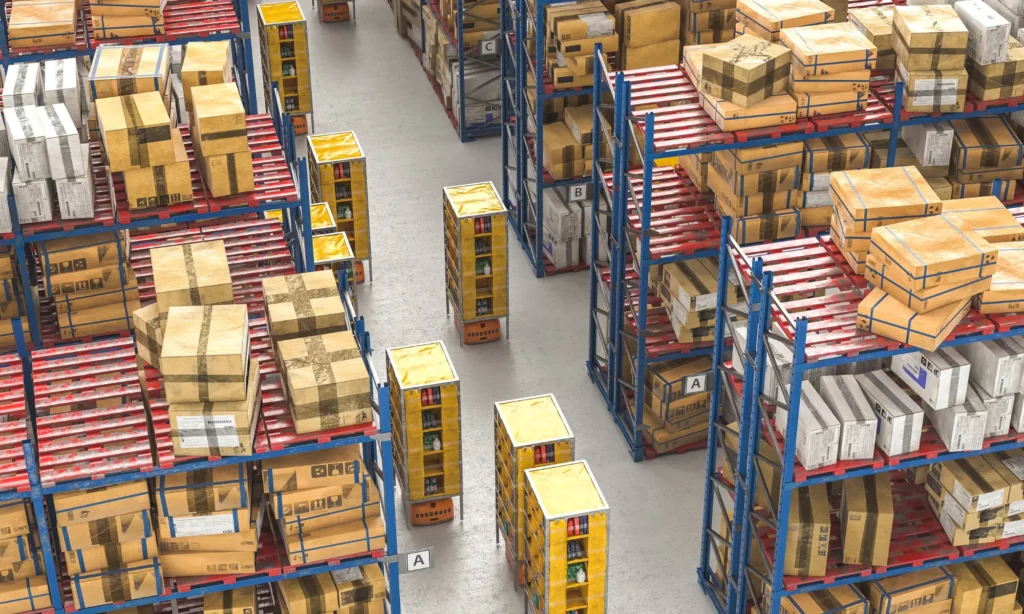
With AI agents, your supply chain team can maintain appropriate inventory levels across stores, distribution centers, and warehouses. How? These intelligent agents continuously track and manage lead times, sales, stock levels, and shelf life. Then, they can adjust based on real-time changes (e.g., delays) by suggesting and implementing dynamic stock reallocation across locations or working with other agents to rebalance inventory proactively.
Further, AI agents use sensors and GPS/location trackers to know exactly where inventory is, how much is available, which item is selling slowly, and which facility needs it the most. Then, they automatically reorder items whenever inventory levels drop without manual input or notify staff to move excess stock from one place to another.
With these capabilities, AI agents reduce holding costs and avoid overstocking or underordering. Besides, this ensures the right products are in the right place at the right time and in the right amounts.
Example: Blue Yonder’s Inventory Optimization
Blue Yonder offers a wide range of software solutions for improved supply chain operations, including inventory optimization. Its patented AI and ML capabilities help your company optimize inventory strategies and boost ROI across all channels.
Particularly, it intelligently groups your customers based on real-time data, allowing you to customize operations to specific needs. It also dynamically allocates inventory to enhance service levels. Additionally, it eliminates overstocking and lowers obsolescence cost while ensuring high-quality customer service. Blue Yonder also uses AI, machine learning algorithms, and intelligent insights to deliver predictive forecasts, advanced scenario planning, and insight-driven planning.
3. Procurement Automation
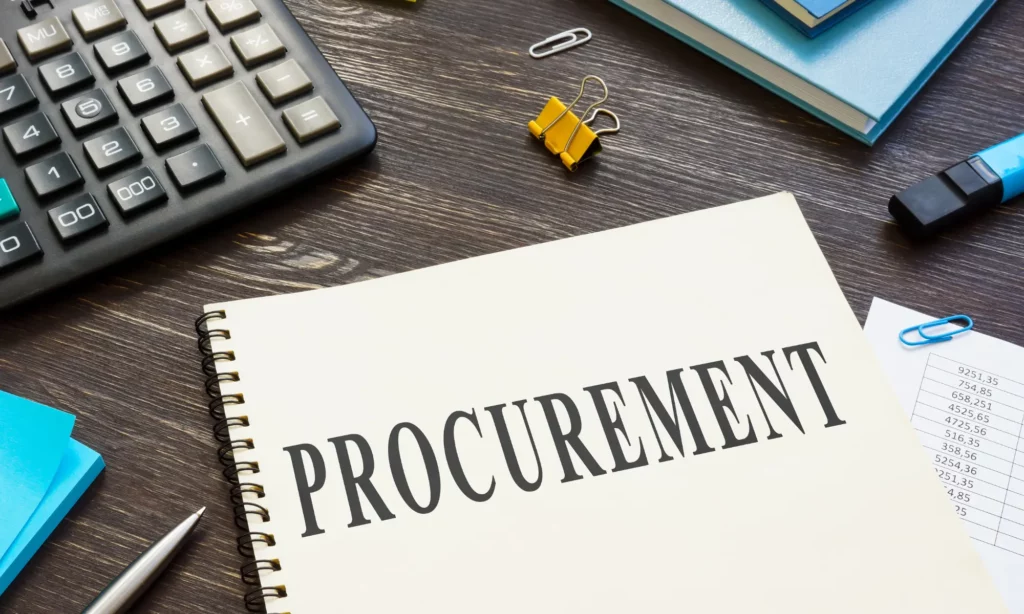
AI agents are helping businesses in different stages of procurement – from analyzing spend and optimizing sourcing to automating invoice verifications and assessing supplier risks. Based on predicted demands and machine learning capabilities, the agents can perform these tasks with less human supervision. This helps you manage spending better and ensure outcome quality while improving risk and compliance management.
Example: IBM watsonx AI Agents for Procurement
IBM watsonx Orchestration is a cloud-based platform offering AI agents and assistants to automate complex workflows across business functions. With its pre-built AI Agents for Procurement, your team can run procurement processes effortlessly.
Accordingly, they aid in supplier management by evaluating payment history, financial stability, ESG performance, etc., and scoring supplier risks. They also automate crucial purchasing workflows like PR or GR tracking, hence cutting helpdesk tickets by 45%.
IBM watsonx AI Agents also simplify sourcing and contract management by automatically creating RFPs and contracts. For this reason, they enhance cycle times by 70% and boost contract governance. Additionally, they allow your team and vendors to build, adjust, and track invoices easily while resolving invoice problems. This makes invoice processing 90% faster.
4. Logistics and Transportation Management
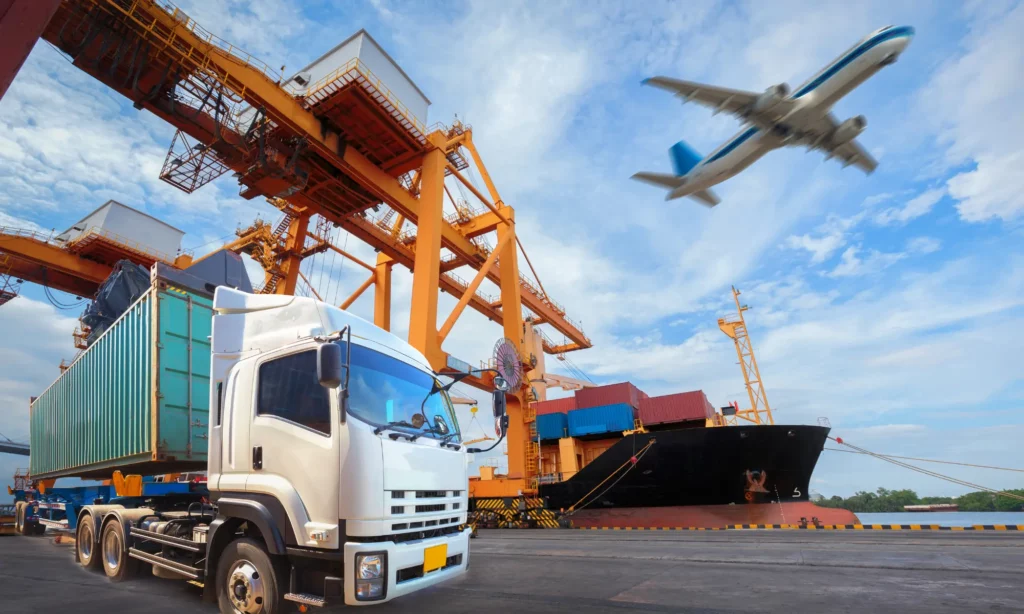
AI agents have transformed the way your company coordinates the movement of goods from one place to another. Accordingly, they use real-time data (i.e., about traffic, weather, and fuel costs) to plan and optimize delivery routes. Besides, they react instantly to disruptions like vehicle breakdowns or port closures.
With their capabilities, your company can lower delivery times, optimize fuel consumption, and ensure more reliable ETAs (Estimated Times of Arrival). This not only enhances overall shipping efficiency but also boosts customer satisfaction.
Example: Shipwell
Shipwell is an AI-powered logistics and TMS (Transportation Management System) platform. It streamlines your shipping workflows through a wide range of intelligent solutions – from automated route optimization and intelligent market pricing to RFP automation and freight payment optimization. Especially, Shipwell integrates an AI-powered assistant, known as Swifty. It automatically creates new orders, generates accurate shipping quotes, schedules dock appointments, etc.
5. Risk Management

Another notable application of AI agents in supply chains is spotting and reducing risks like vendor failure, non-compliance, fraud, or geopolitical disruptions. These smart agents continuously scan supplier data, compliance standards, market trends, and other data sources to forecast possible disruptions before they occur. Then, they can notify decision-makers immediately or trigger alternative plans to mitigate risks.
Example: Ceres Tech Nostradamus AI
Ceres Technology’s Nostradamus is an AI-powered risk management agent for your supply chain operations. You can provide any data you want to analyze – from suppliers, raw materials, components, or logistics. Coupled with data from trusted public sources, the smart agent can quickly detect risk factors that could disrupt your supply chain (e.g., micro and macroeconomics, financial viability, or global current events).
Further, it can understand multi-tiered risks and spot where risks may arise, without the need for you to manually map every connection in your supply chain. Besides, the AI agent tracks risks when they appear in real time, enabling instant evaluations of anomalies and potential disruptions. This helps Nostradamus better understand the impact of these risks on your supply chain operations and allows for quick response strategies to reduce the potential issues.
What’s Next for AI Agents in Supply Chain?

The demand for AI in the supply chain is growing significantly, due to increasing customer expectations and the need for real-time decision-making. Accordingly, its global revenue is estimated to reach $14.49 billion in 2025. With automation capabilities and predictive analytics for various supply chain workflows (e.g., demand forecasting or inventory management), it’s no wonder that this figure will continue to grow at a CAGR of 22.9% during the forecast period (2025-2031). This growth also comes along with several notable trends to watch in the future.
- Hyper-autonomous supply chains: AI agents will fully orchestrate the entire supply chain operation, from demand sensing to last-mile delivery. With minimal human intervention, they’ll seamlessly coordinate actions across partners, systems, and geographies.
- Optimization for sustainable chains: AI agents are expected to make supply chains greener. They accordingly help businesses reduce carbon footprints, cut waste, and fulfill ESG objectives.
- Stronger support for human decision-makers: AI agents won’t replace human beings. Instead, they empower them by deeply integrating into every decision-making of humans and offering explainable reasoning behind their actions. This allows supply chain teams to trust and fine-tune the AI’s actions better.
What challenges do AI agents bring to the supply chain?
Apart from these key trends, we also have to confront several challenges of AI agents in this sector.
The first one is data privacy and governance. AI agents, as we all know, need access to vast data volumes. The more they see, the better they perform autonomously. But this also translates to bigger concerns about data privacy, security, and compliance.
Further, to succeed with AI agents, integration and adoption are not enough. Companies need more than software. In particular, they need the right strategies for AI usage and people who can understand how to work with autonomous agents, interpret their outputs, and modify business processes accordingly.
Despite these challenges, we still expect a promising future of AI agents in the supply chain. The future is not just about autonomy. It’s also about adaptive agents that can develop in complexity and support human beings in making supply chain operations efficient. And to get there, your company must invest not only in the right tools, but also in the right strategies, safeguards, and people.
What should you do to prepare for the future of agentic AI?
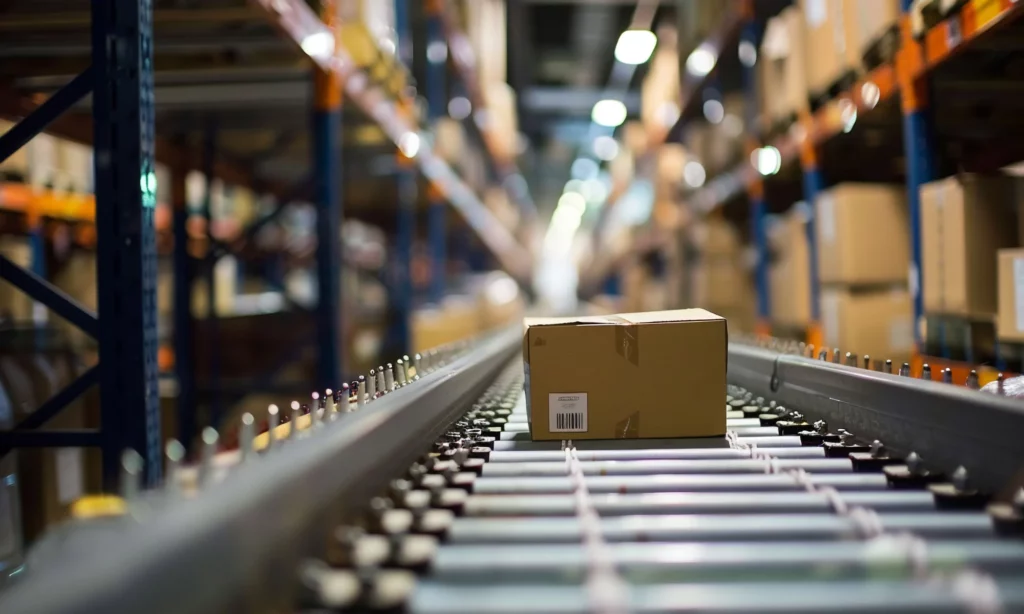
AI agents may be game changers in supply chain operations. However, without the right strategies and a good start, it is very hard for you to succeed in using these agents effectively for your supply chain operations. So what should you do to get the most value from agentic AI for your workflows, and to prepare for the future of AI agents? Here are some steps you can follow to get started with AI agents in supply chain operations successfully.
Step 1. Determine high-impact, repetitive tasks
AI agents are beneficial, but that doesn’t mean all aspects of your supply chain need them. Furthermore, AI investment in the supply chain costs a lot. That’s why you should look for areas in your supply chain that are time-consuming and prone to human errors, as well as often drain human energy, yet don’t require creative thinking. These areas are a good start for the adoption of AI agents.
Step 2. Start small with one functional area (e.g., procurement)
Don’t try to automate everything at once. Instead, choose one functional area (e.g., procurement, inventory management, or demand forecasting) that needs AI agents the most. To identify which domain your company should focus on first, ask yourself why. Is it because this functional area is data-rich and measurable? Or is it full of inefficiencies that AI agents can resolve fast? A narrow focus will help your team learn how AI agents perform by testing them with your existing workflows and adjusting without overwhelming your system, as well as compromising your output quality.
Step 3. Pick scalable tools that support APA or LLMs
Choose tools, platforms, or frameworks that support Large Language Models (LLMs) or Authentic Process Automation (APA). These technologies enable AI agents to understand the environment and context, take autonomous action, as well as work collaboratively across systems. Furthermore, your chosen tools must integrate well with your existing core business systems (like TMS or ERP), so the agents can act directly and seamlessly on your real business data. And remember that you should choose future-ready tools, not just today’s fix.
Step 4. Pilot, monitor, and scale
When you’ve already chosen a process and tools, run a pilot to test how an AI agent works in a controlled setting. Then, continuously track and monitor its performance to measure its outcomes, speed, and errors for your supply chain operations. You can also ask for feedback from your team to enhance its performance, reliability, and integration with your systems. When the agents prove effective, you can scale them up by adding agents to other domains or expanding their scope of work.
Following these steps, your company can reduce risks and build internal confidence in using AI agents in supply chain operations. Remember, start small and scale smart. That will secure you a competitive edge in AI for supply chain operations.
Conclusion
Supply chain is one of the most crucial functional areas in businesses. However, its processes are quite complex and hard to control manually. Therefore, AI agents come into play to help supply chain leaders and staff streamline operations more effectively. Through this article, we hope you’ll have a better understanding of how AI has evolved in supply chains and how the rise of agentic AI affects this realm. From demand forecasting and inventory optimization to procurement automation, AI agents are bringing real business impacts and impressive results.
To use agentic AI systems effectively, your company should consider ultimate goals first, and then start small and scale smart. But if your company has a very unique, complex supply chain process and needs a custom, scalable AI solution to resolve, Designveloper is here to help. We have extensive technical expertise and hands-on experience in the latest AI technologies, from advanced algorithms to generative AI, to create high-quality and customized solutions that integrate seamlessly with your core business systems, like TMS or ERP. Come to us to get a free estimation now and discuss your idea further.


